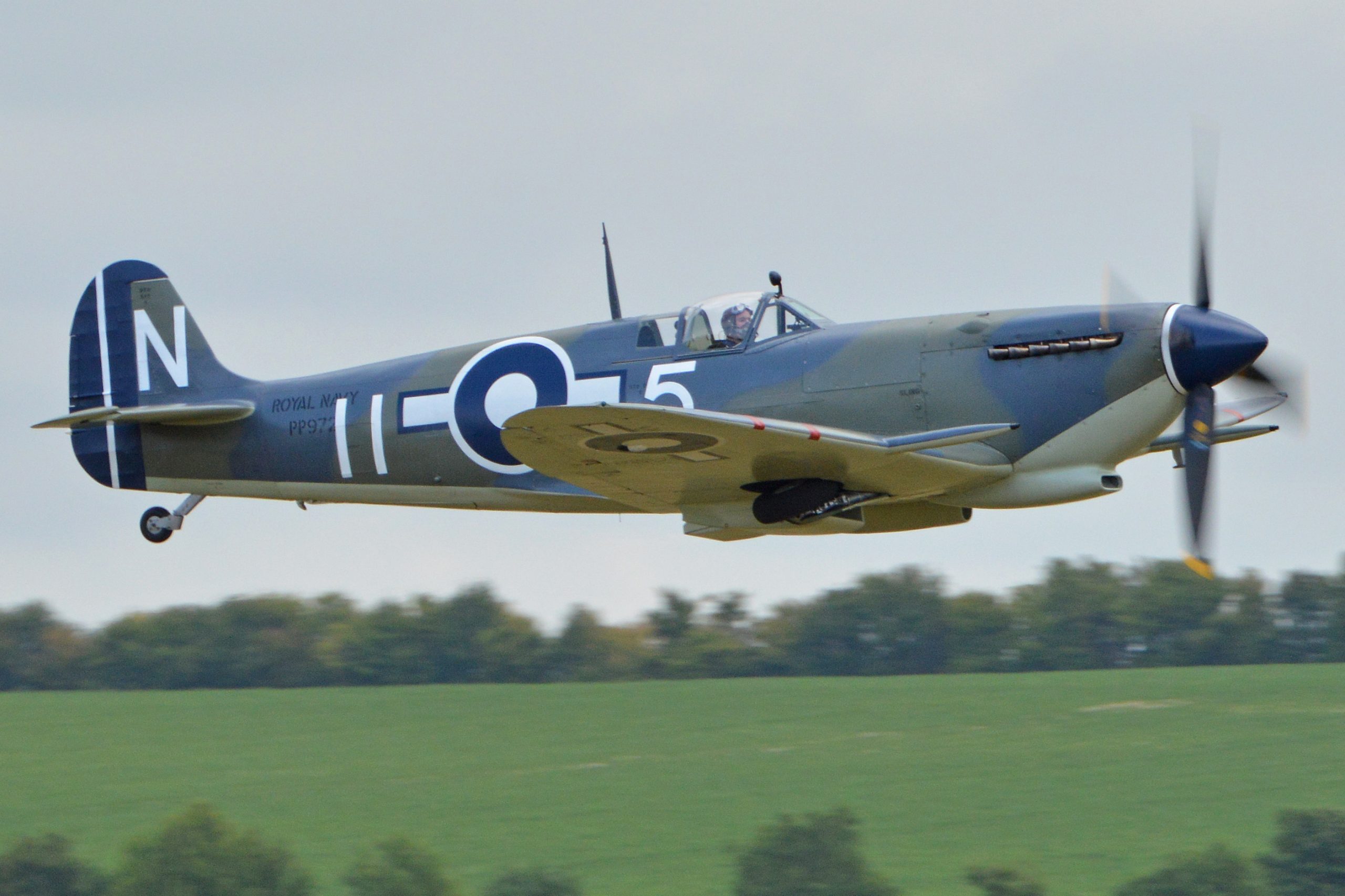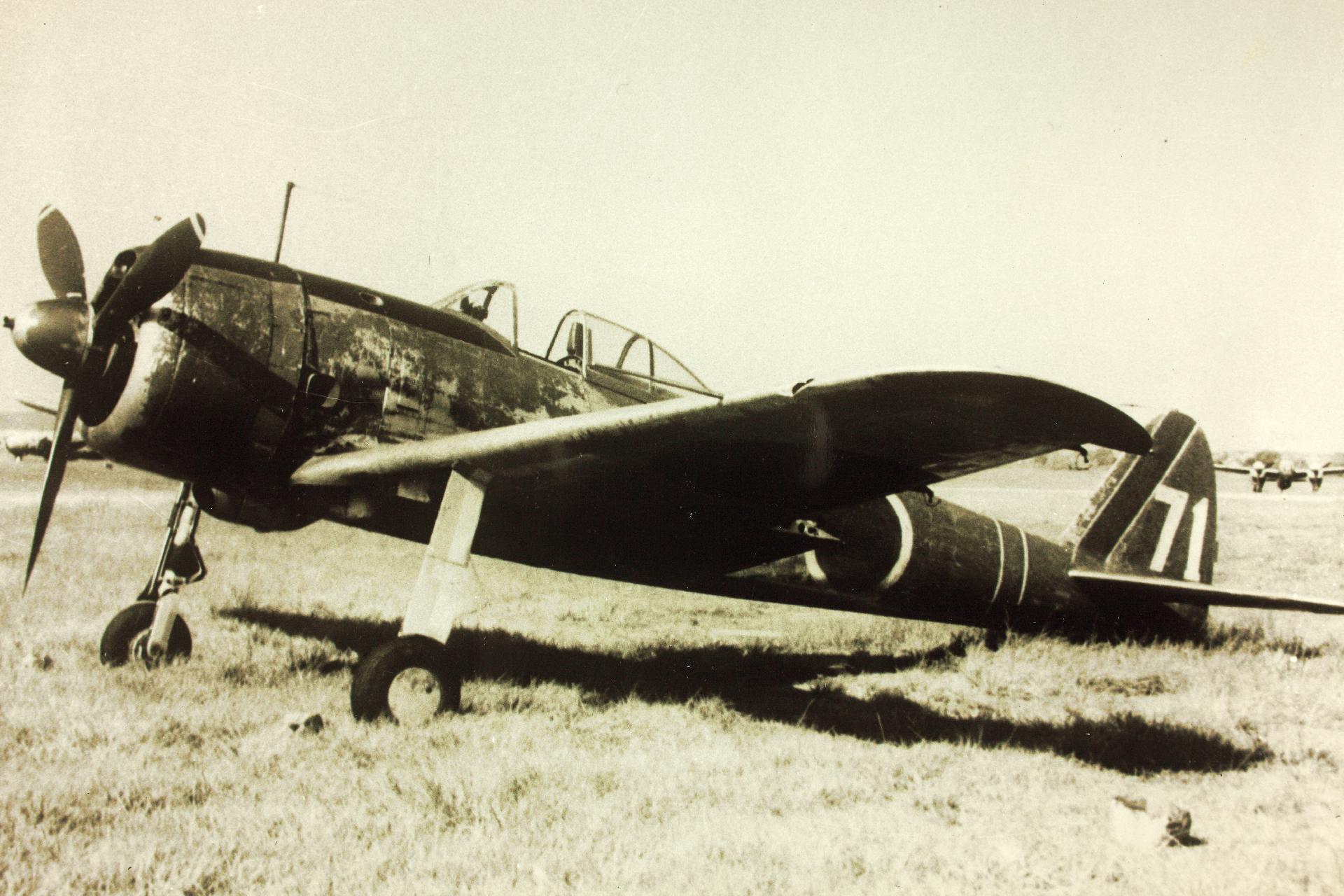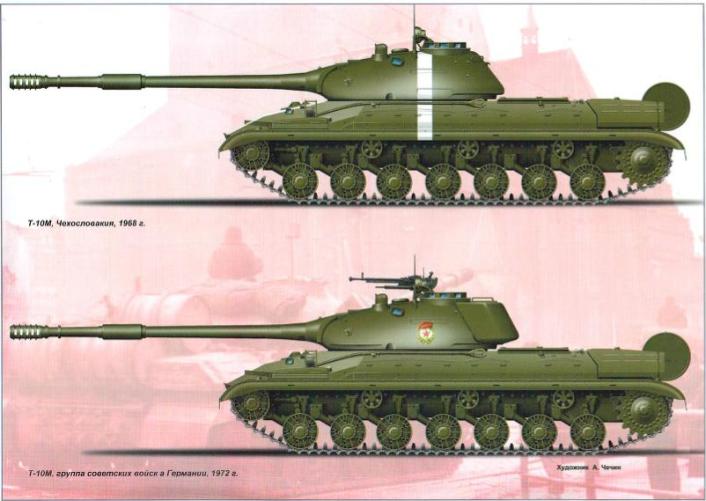
Soviet heavy tank T-10 part 1
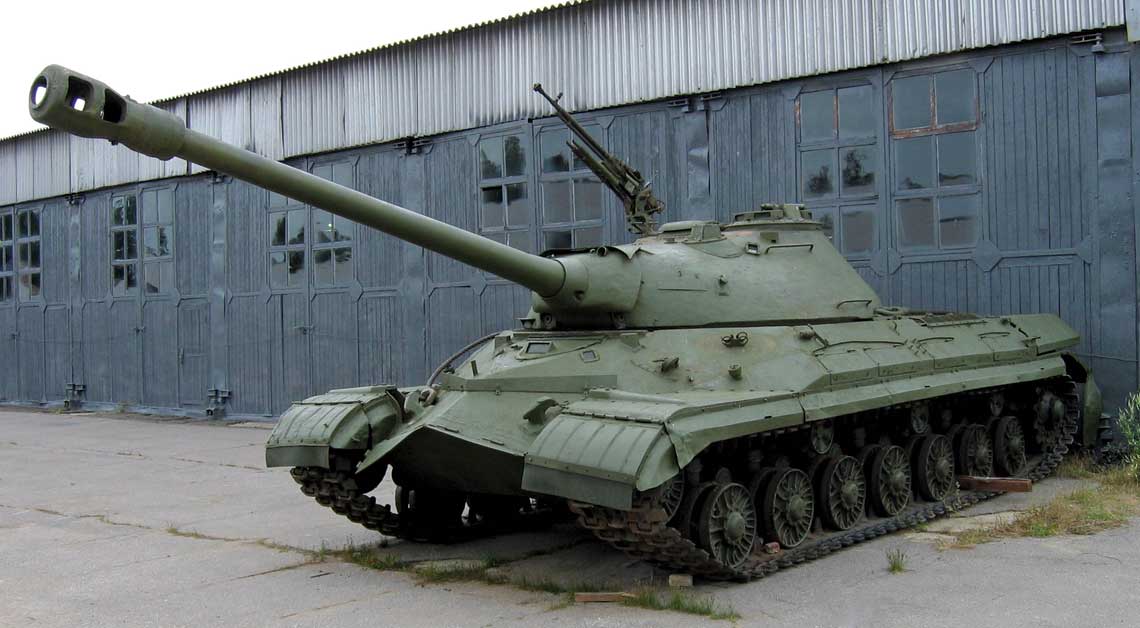
The Object 267 tank is a prototype of the T-10A heavy tank with the D-25T gun.
After the end of World War II, a number of heavy tanks were developed in the Soviet Union. Among them were very successful (for example, IS-7) and very non-standard (for example, Object 279) developments. Regardless of this, on February 18, 1949, Council of Ministers Resolution No. 701-270ss was signed, according to which future heavy tanks should not weigh more than 50 tons, which excluded almost all previously created vehicles. This was motivated by the willingness to use standard railway platforms for their transportation and the use of most road bridges.
There were also reasons that were not made public. First, they were looking for ways to reduce the cost of armaments, and a heavy tank cost as much as several medium tanks. Secondly, it is increasingly believed that in the event of a nuclear war, the service life of any weapon, including tanks, will be very short. So it was better to have more medium tanks and quickly replenish their losses than to invest in perfect, but less numerous, heavy tanks.
At the same time, the refusal of heavy tanks in the future structures of the armored forces could not occur to the generals. The result of this was the development of a new generation of heavy tanks, the mass of which differed only slightly from medium tanks. In addition, the rapid progress in the field of armaments has led to an unexpected situation. Well, in terms of combat capabilities, medium tanks quickly caught up with heavy ones. They had 100 mm guns, but work was underway on 115 mm caliber and shells with a high muzzle velocity. Meanwhile, heavy tanks had guns of 122-130 mm caliber, and attempts to use 152 mm guns proved the impossibility of integrating them with tanks weighing up to 60 tons.
This problem has been tackled in two ways. The first was the construction of self-propelled guns (today the term "fire support vehicles" would fit these designs) with powerful main weapons in rotating, but lightly armored towers. The second could be the use of missile weapons, both guided and unguided. However, the first solution did not convince the military decision makers, and the second proved difficult to implement quickly for many reasons.
The only option was to limit the requirements for heavy tanks, i.e. accept the fact that they will only slightly outperform the latest medium tanks. Thanks to this, it became possible to reuse the promising developments of the end of the Great Patriotic War and use them to create a new tank, better than both the IS-3 and IS-4. Tanks of both these types were produced after the end of the war, the first in 1945-46, the second in 1947-49 and were described in an article published in “Wojsko i Technika Historia” No. 3/2019. About 3 IS-2300s were produced, and only 4 IS-244s. Meanwhile, at the end of the war, the Red Army had 5300 heavy tanks and 2700 heavy self-propelled guns. The reasons for the decline in production of both the IS-3 and IS-4 were the same - neither of them lived up to expectations.
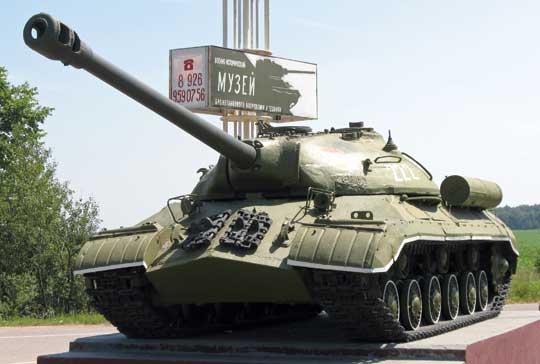
The predecessor of the T-10 tank is the IS-3 heavy tank.
Therefore, as a result of a government decision in February 1949, work began on a tank that would combine the advantages of the IS-3 and IS-4, and not inherit the shortcomings of both designs. He was supposed to adopt the design of the hull and turret from the first and most of the power plant from the second. There was another reason why the tank was not built from scratch: it was due to the incredibly tight deadlines.
The first three tanks were supposed to pass for state tests in August 1949, i.e. six months (!) from the beginning of the design. Another 10 cars were supposed to be ready in a month, the schedule was completely unrealistic, and the work was further complicated by the decision that the team from Ż should design the car. Kotin from Leningrad, and production will be carried out at a plant in Chelyabinsk. Usually, close cooperation between designers and technologists working within the same company is the best recipe for fast project implementation.
In this case, an attempt was made to solve this problem by delegating Kotin with a group of engineers to Chelyabinsk, as well as sending there, also from Leningrad, a team of 41 engineers from the VNII-100 institute, which was also headed by Kotin. The reasons for this "division of labor" have not been clarified. It is usually explained by the poor condition of the LKZ (Leningradskoye Kirovskoye), which was slowly recovering from partial evacuation and partial "hungry" activity in the besieged city. Meanwhile, ChKZ (Chelyabinsk Kirov Plant) was underloaded with production orders, but its construction team was considered less combat-ready than the Leningrad one.
The new project was assigned "Chelyabinsk", i.e. number 7 - Object 730, but probably due to joint development, the IS-5 (i.e. Joseph Stalin-5) was most often used in the documentation, although it was usually given only after the tank was put into service.
The preliminary design was ready in early April, mainly due to the widespread use of ready-made solutions for assemblies and assemblies. The first two tanks were to receive a 6-speed gearbox from the IS-4 and a cooling system with fans driven by the main engine. However, the Leningrad designers could not resist introducing the solutions developed for the IS-7 into the design of the machine.
This is not surprising, since they were more modern and promising, as well as additionally tested during the IS-7 tests. Therefore, the third tank was supposed to receive an 8-speed gearbox, pack torsion bars in the depreciation system, an ejector engine cooling system and a loading assistance mechanism. The IS-4 was equipped with a chassis with seven pairs of running wheels, an engine, a fuel and brake system, etc. The hull resembled the IS-3, but it was more spacious, the turret also had a larger internal volume. The main armament - a 25-mm D-122TA cannon with separate loading ammunition - was the same as on the old tanks of both types. Ammunition was 30 rounds.
Additional weapons were two 12,7 mm DShKM machine guns. One was mounted on the right side of the gun mantlet and was also used to fire at stationary targets to make sure the gun was set up correctly and the first bullet hit the target. The second machine gun was anti-aircraft with a K-10T collimator sight. As a means of communication, a regular radio station 10RT-26E and an intercom TPU-47-2 were installed.
On May 15, a life-size model of the tank was presented to the government commission, on May 18, the drawings of the hull and turret were transferred to plant No. 200 in Chelyabinsk, and a few days later to plant No. 4 in Chelyabinsk. Izhora plant in Leningrad. The power plant at that time was tested on two unloaded IS-2000s - by July they had traveled more than 9 km. It turned out, however, that the first two sets of "armored hulls", i.e. hulls and turrets were delivered to the plant late, as early as August 12, and there were no W5-12 engines, cooling systems and other things. components for them anyway. Previously, W4 engines were used on IS-XNUMX tanks.
The engine was a modernization of the well-known and proven W-2, i.e. drive medium tank T-34. Its layout, size and stroke of the cylinder, power, etc., have been preserved. The only significant difference was the use of the AM42K mechanical compressor, which supplies the engine with air at a pressure of 0,15 MPa. The fuel supply was 460 liters in the internal tanks and 300 liters in two corner external tanks, permanently installed in the aft part of the hull as a continuation of the side armor. The range of the tank was supposed to be from 120 to 200 km, depending on the surface.
As a result, the first prototype of the new heavy tank was ready only on September 14, 1949, which is still a sensational result, because the work, formally started from scratch in mid-February, lasted only seven months.
Factory testing began on 22 September but had to be quickly abandoned as fuselage vibrations caused the aircraft-grade aluminum alloy internal fuel tanks to crack along the welds. After their conversion to steel, the tests were resumed, but another break was caused by the failure of both final drives, the main shafts of which turned out to be small and bent and twisted under load. In total, the tank covered 1012 km and was sent for overhaul and overhaul, although the mileage was supposed to be at least 2000 km.
In parallel, there were deliveries of components for another 11 tanks, but they were often defective. For example, out of 13 turret castings supplied by Plant No. 200, only three were suitable for further processing.
To save the situation, two sets of eight-speed planetary gearboxes and associated clutches were sent from Leningrad, although they were designed for the IS-7 engine with almost twice the power. On October 15, Stalin signed a new government decree on object 730. It received the number 701-270ss and provided for the completion of the first two tanks by November 25, and the completion of their factory tests by January 1, 1950. On December 10, one hull and turret were to undergo firing tests. By April 7, three more tanks were to be made with corrections based on the results of factory tests, and they were to be the subject of state tests.
By June 7, taking into account state tests, another 10 tanks intended for the so-called. military trials. The last date was completely absurd: it would take 10 days to conduct state tests, analyze their results, refine the design and manufacture 90 tanks! Meanwhile, the state tests themselves usually lasted more than six months!
As always, only the first deadline was met with difficulty: two prototypes with serial numbers 909A311 and 909A312 were ready on November 16, 1949. Factory tests showed unexpected results: despite the copying of the running gear of the serial IS-4 tank, the hydraulic shock absorbers of the running wheels, the hydraulic cylinders of the rocker arms, and even the running surfaces of the wheels themselves quickly collapsed! On the other hand, the engines worked well and, without serious failures, provided the cars with a mileage of 3000 and 2200 km, respectively. As a matter of urgency, new sets of running wheels were made of 27STT steel and L36 cast steel to replace the previously used L30. Work has also begun on wheels with internal shock absorption.
